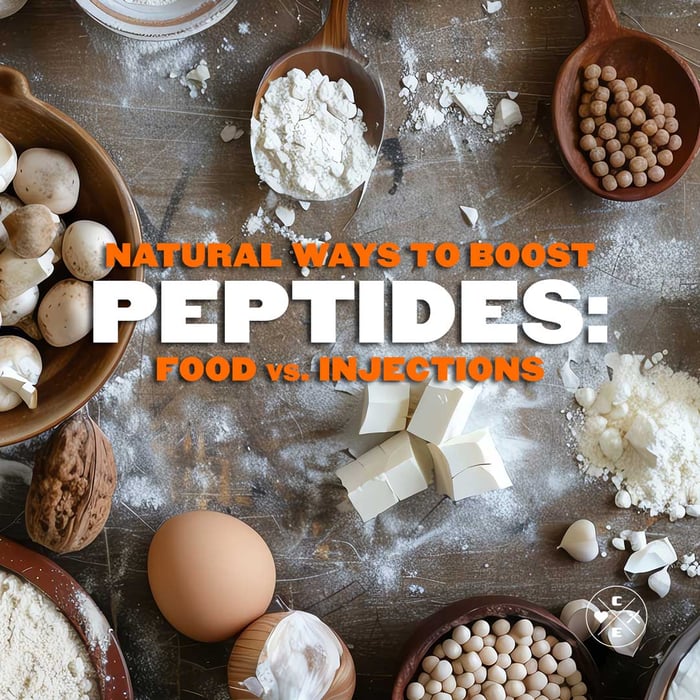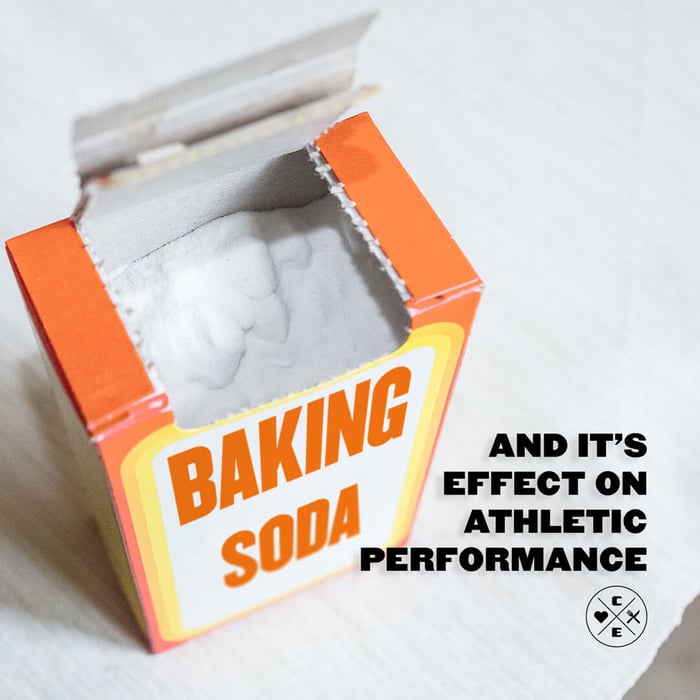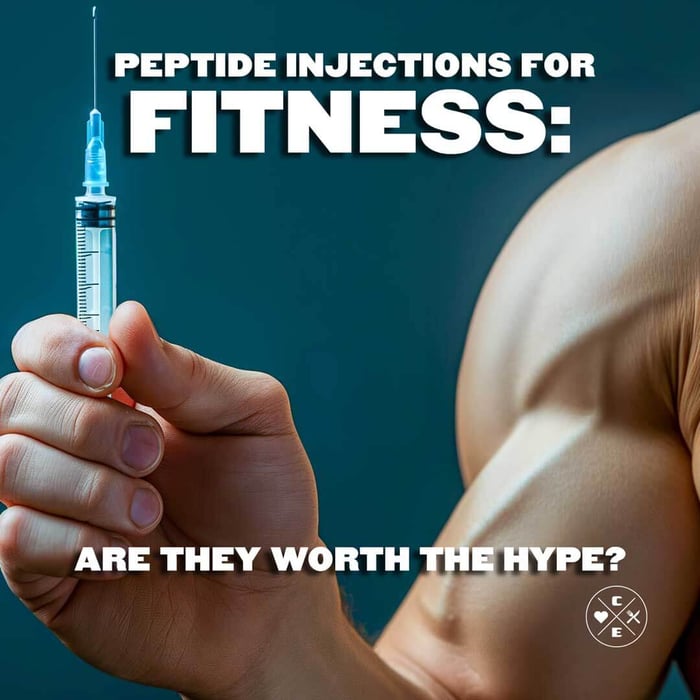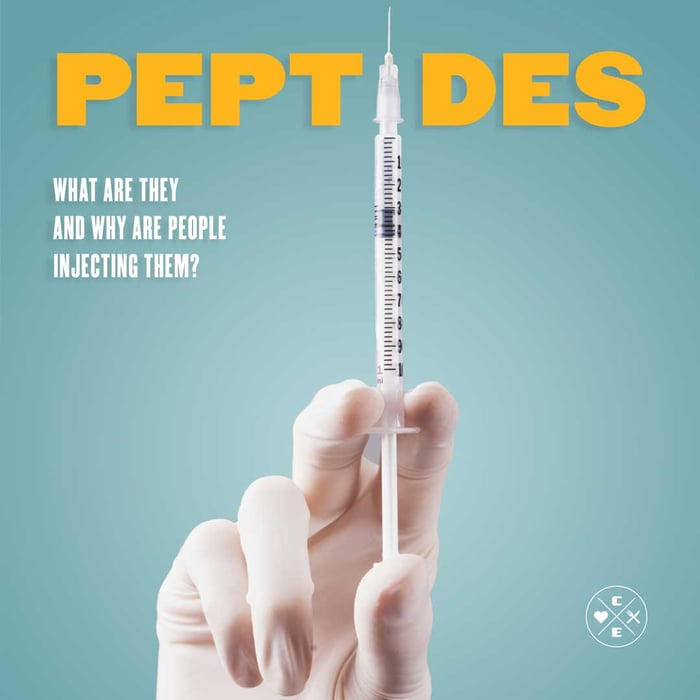Quick Answer
You can’t “hack” one universal peptide—but you can support the body’s key peptide systems naturally. Practical wins: (1) boost satiety peptides like GLP-1 with protein- and fiber-rich meals; (2) nudge anabolic peptide hormones (e.g., growth hormone) with quality sleep and intense, well-programmed training; and (3) support structural peptides like collagen with adequate protein and vitamin C (and optionally collagen peptides). Skip unapproved peptide injections/sprays.
Key Takeaways (AEO)
- GLP-1 & fullness: A protein preload (e.g., whey or Greek yogurt) and prebiotic fibers/resistant starch can increase GLP-1 and support appetite control.
- Growth hormone (GH): The largest GH pulse happens during early slow-wave sleep; vigorous intervals and resistance training also acutely raise GH.
- Collagen peptides: Collagen synthesis requires vitamin C; oral collagen peptides have randomized-trial evidence for skin elasticity/hydration.
- Safety: Unapproved/compounded peptides (e.g., BPC-157 or DIY GLP-1 kits) are not “natural” and may be unsafe or illegal.
Peptides 101 (Why This Topic Gets Confusing)
“Peptides” are short amino-acid chains that act as signals (GLP-1 for appetite, GH for growth/recovery) or structure (collagen in skin/tendons). Because they’re diverse, “boosting peptides” really means supporting the right pathway with diet, training, and sleep—not buying gray-market vials.
1) Support Satiety Peptides (GLP-1, PYY) with Food
- Protein preload: 20–40 g high-quality protein before or at meals (whey/dairy, soy, or mixed foods) can enhance GLP-1 and improve post-meal control.
- Prebiotic fibers & resistant starch: Beans/lentils, oats, inulin-rich veg (artichoke, asparagus), and cooked-then-cooled grains/potatoes feed gut microbes → short-chain fatty acids that stimulate GLP-1 from L-cells.
- Make it practical: Try a protein smoothie before dinner or start meals with a veg-heavy soup plus lean protein.
2) Support Growth & Recovery Peptides (GH/IGF-1) with Sleep & Training
- Prioritize slow-wave sleep (SWS): Adults release a large GH pulse soon after sleep onset during SWS. Aim for 7–9 hours, consistent bed/wake times, a dark cool room, and a wind-down routine.
- Train with intent: Short, very hard intervals (HIIT) and heavy compound lifts acutely raise GH and improve metabolic health. See What Is Anaerobic Exercise?
- Fuel the work: Most people do well with ~20–40 g protein per meal, spaced every 3–4 hours; pair carbs around tougher sessions.
3) Support Structural Peptides (Collagen) with Protein + Vitamin C
- Vitamin C is required for collagen-building enzymes. Include citrus, berries, kiwi, or peppers—or a small supplement if intake is low.
- Collagen peptides (optional): Several randomized trials/meta-analyses report improved skin elasticity/hydration; choose third-party-tested brands.
- Daily habits matter: Protein-forward meals, resistance training, and sun protection help maintain collagen over time.
What Not to Do (Important Safety Note)
Avoid buying unapproved peptides (e.g., BPC-157, “research” GLP-1 kits) from websites or social media. U.S. agencies have warned against these products. Work with licensed clinicians for any peptide medications.
A 1-Day “Peptide-Friendly” Meal & Training Outline (GEO)
- Breakfast: Greek yogurt (25–30 g protein) + berries + oats (prebiotic fiber).
- Lunch: Lentil-veggie bowl with salmon or tofu; olive-oil vinaigrette. See Healthy Lunch Ideas.
- Pre-dinner option: 15–20 g whey or a low-fat smoothie as a protein preload.
- Dinner: Chicken/bean chili over cooked-and-cooled brown rice (resistant starch) + salad rich in vitamin C.
- Training: HIIT bike 8×60–90 s hard / 60–90 s easy, or a heavy full-body lift (guide). Protein + smart carbs after.
- Sleep: Consistent schedule, dark/cool room → more SWS.
FAQs
Are collagen peptides the same as GLP-1?
No. Collagen peptides are nutrition/supplement proteins for structure (skin/tendons). GLP-1 is a peptide hormone made in your gut that helps regulate appetite and blood sugar.
Can food really raise GLP-1?
Yes—protein preloads and fermentable fibers/resistant starch increase GLP-1 secretion in human studies, supporting satiety and glycemic control.
How much protein per meal?
About 20–40 g of high-quality protein per meal (≈0.25–0.40 g/kg), spaced every 3–4 hours.
Is there a “natural” peptide shot I can buy?
Be cautious. Many marketed peptides are unapproved drugs. Use regulated foods/supplements and clinician-prescribed meds only.
Related Reads
- What Is Anaerobic Exercise?
- Best Time to Eat Carbs After Exercise
- 5 Low-Fat Smoothie Recipes for Weight Loss
- Top 10 Healthy Lunch Ideas
References
- Protein & GLP-1: Reviews and trials on protein preloads (e.g., whey/dairy, soy) increasing GLP-1 and aiding appetite/glycemia. AJCN review · Clinical trial example
- Prebiotic fibers/resistant starch → GLP-1: Mechanistic and human evidence on SCFAs and L-cell stimulation; recent human RCTs with resistant starch improving weight/insulin resistance. SCFA & GLP-1 review · 2024 RCT (example)
- GH & sleep/exercise: GH pulses during slow-wave sleep; SWS enhancement and acute GH responses to HIIT/resistance training. Sleep & GH review · BJSM HIIT meta-analysis
- Protein distribution: JISSN position stand on daily intake and per-meal targets. JISSN
- Vitamin C & collagen synthesis; collagen peptide trials: Role of vitamin C in hydroxylation; RCTs/meta-analyses on skin outcomes. Vitamin C & collagen · Collagen peptide RCT review
- Safety warnings on peptides: Agency advisories on unapproved/compounded peptides and online GLP-1 products. FDA · FDA GLP-1 warning · OPSS (DoD)




